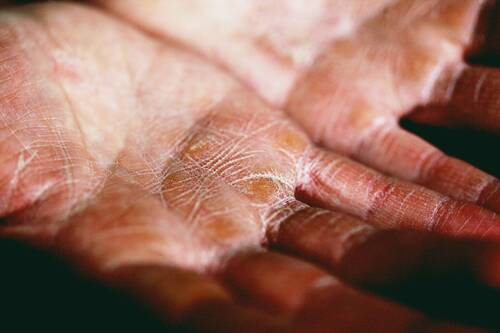9 Alarming Signs of Eosinophilic Esophagitis
Hello there, health-conscious individuals! Eosinophilic esophagitis (EoE) is a chronic immune system disease that can cause a range of uncomfortable symptoms. Being aware of these signs can help with early diagnosis and management. Here are some alarming signs of Eosinophilic Esophagitis to watch out for:

1. Difficulty Swallowing (Dysphagia)
One of the most common signs of EoE is difficulty swallowing. You may feel like food is getting stuck in your throat or chest. This sensation can be alarming and often prompts individuals to seek medical attention.
2. Food Impactions
EoE can lead to episodes of food impaction, where solid food becomes lodged in the esophagus. This can be extremely painful and may require emergency medical intervention to remove the impacted food.
3. Persistent Heartburn
Frequent heartburn that doesn't respond to over-the-counter antacids or lifestyle changes could be a sign of EoE. It's essential to distinguish between heartburn caused by acid reflux and that associated with EoE.
4. Chest Pain
Chest pain or discomfort, particularly after eating, can be a concerning symptom. This pain is often related to inflammation and narrowing of the esophagus.
5. Regurgitation and Vomiting
Recurrent regurgitation of undigested food and occasional vomiting can be signs of EoE. These symptoms can be distressing and affect one's quality of life.
6. Poor Growth in Children
In children with EoE, poor growth and failure to thrive can be indicative of the condition. EoE can interfere with proper nutrient absorption, leading to growth issues in youngsters.
7. Food Aversion
People with EoE may develop food aversions, particularly to textures or types of foods that trigger their symptoms. This can make it challenging to maintain a balanced diet.
8. Persistent Cough
A chronic, unexplained cough can be linked to EoE, especially if it worsens after eating. It's often misdiagnosed as asthma or allergies.
9. Tissue Biopsies with Eosinophil Infiltration
The definitive diagnosis of EoE is made through a tissue biopsy of the esophagus, which reveals an elevated number of eosinophils (a type of white blood cell) in the esophageal tissue.
In Conclusion - Seek Medical Evaluation
If you or someone you know is experiencing these alarming signs, it's crucial to seek medical evaluation and consultation with a gastroenterologist. EoE is a manageable condition, and early diagnosis and treatment can improve the quality of life for those affected. Listen to your body, be proactive about your health, and work with healthcare professionals to address any concerning symptoms.







